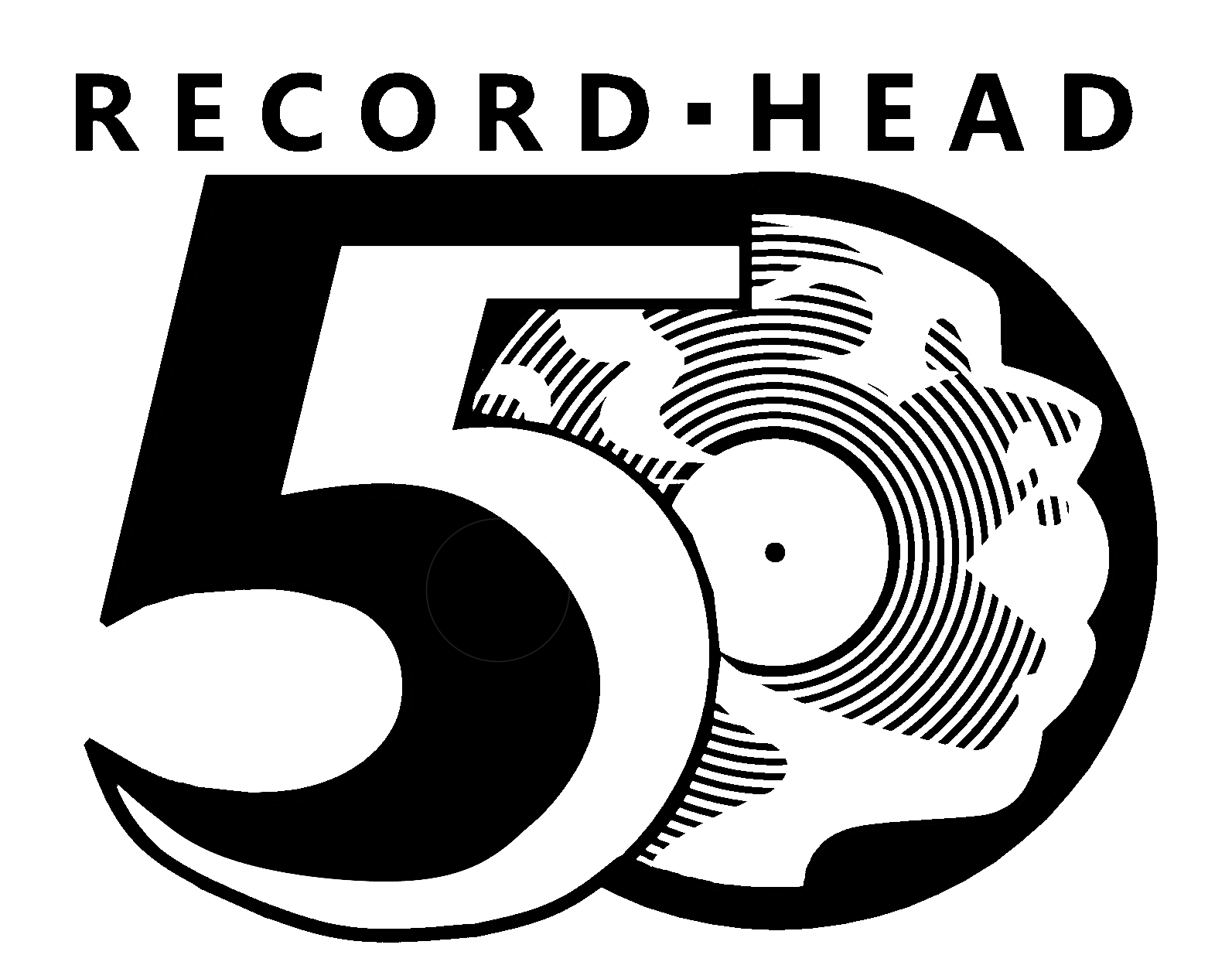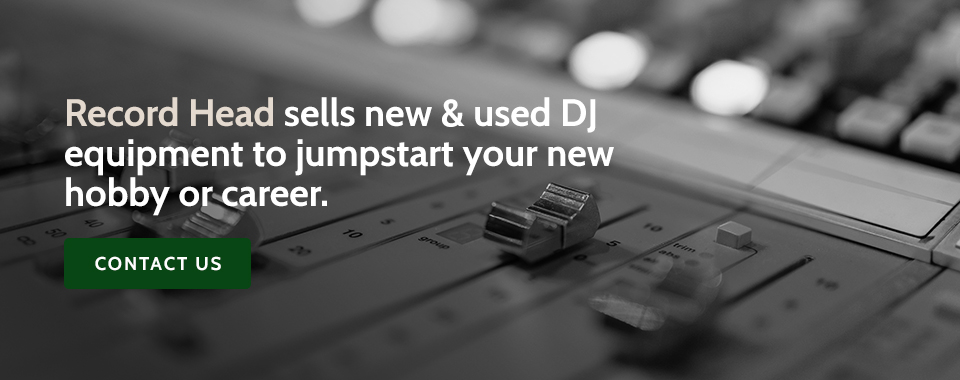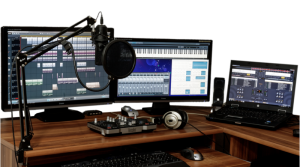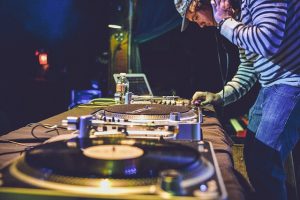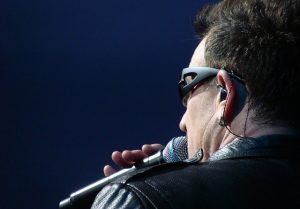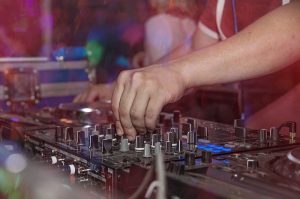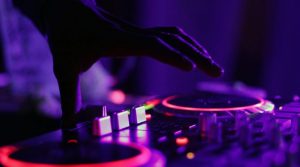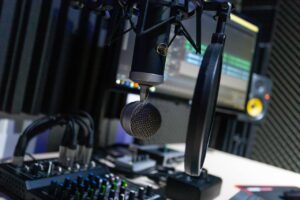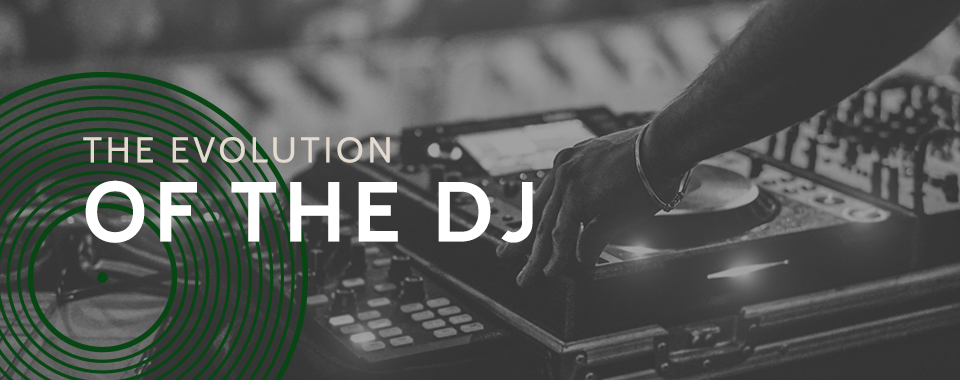
In today’s society, disc jockeys, or DJs, play a significant role in entertainment culture. Some are high-profile celebrities who can pack venues during live sets. Others are known for their collaborations with rappers and singers, giving them catchy beats to put their vocals over. DJs can be the life of the party, turning a low-energy event into an exciting celebration.
Their primary goal is to select, mix and play the music that resonates with a live audience, creating a dynamic and engaging atmosphere. They blend different music genres, employ sound effects and use sophisticated equipment to produce seamless transitions.
Beyond playing tracks, DJs also act as emcees, interacting with the crowd and setting the tone for the event — they can interact with the audience between tracks, lead call-and-response chants or organize interactive games. They’re integral to events ranging from clubs and concerts to weddings and corporate gatherings.
Their expertise in reading the audience and adapting the music selection in real time enhances the experience. In addition to live performances, DJs contribute to the industry by producing original tracks and remixes, influencing popular music trends and shaping the sound of contemporary entertainment. Their ultimate aim is getting people to dance.
What it means to be a DJ has evolved a lot since the occupation’s earliest days. Keep reading to learn more about disc jockey history and how DJing was created.
When Was the Term Disc Jockey Invented?
The first question to answer is why they’re called a disc jockey in the first place. Every name has an origin story, and the term disc jockey is no exception. First, it’s important to mention the man who made DJing possible — Thomas Edison. Yes, Thomas Edison, the man most renowned for inventing the tungsten light bulb also created the phonographic cylinder in 1877.
Edison’s phonographic cylinder marked the first time people could record audio and listen back to it. This innovation let consumers listen to music in the comfort of their own homes on their phonograph, rather than having to go out and hear a live band.
Eventually, companies moved away from the cylindrical shape of the original phonograph, and the familiar disc shape of vinyl records became mainstream. Radio broadcasting for entertainment began around 1910, and broadcasters, known as “record men,” would play vinyl records on air for their listeners’ enjoyment.
The use of vinyl records on-air led to the first-ever mention of the term disc jockey in 1935. Radio presenter Walter Winchell used the nickname to describe fellow radio announcer Martin Block. In his radio show “Make Believe Ballroom,” Block would spin the newest and most popular dance songs to stimulate the sensation he was reporting from a live ballroom. Therefore, many attribute Block to being the first disc jockey in the world.
DJ History Timeline: How the DJ Changed Over Time
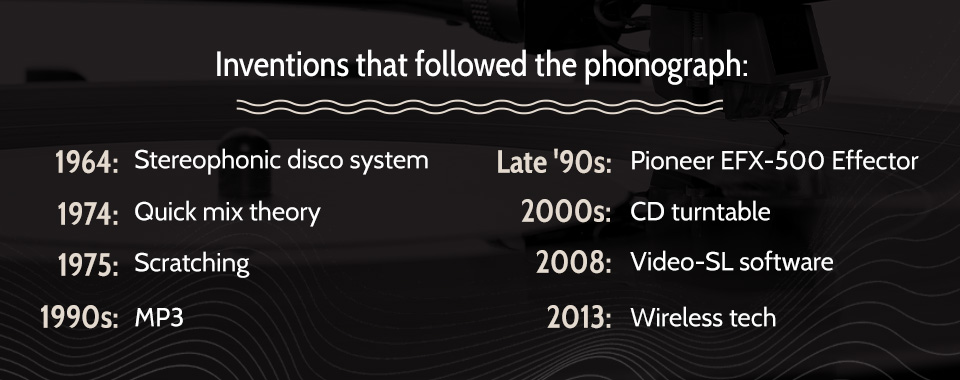
As we know already, Thomas Edison invented the phonograph in 1877, which was also referred to as a record player. Let’s take a look at some of the inventions that followed the phonograph in the DJ evolution:
- Stereophonic disco system: The first Stereophonic disco system debuted at the Worlds Fair in New York around 1964. This system represented a huge advance in the music industry for listeners.
- Quick mix theory: In 1974, Joseph Saddler, with the stage name Grandmaster Flash, developed the Quick Mix Theory, a new way of cutting and mixing records. This service elongated the drum breaks through the use of duplicate copies of vinyl.
- Scratching: Grand Wizzard Theodore invented the scratching technique in 1975. He later went on to invent other techniques, such as needle drops, which revolutionized how DJs performed.
- MP3: In the 1990s, the MP3, an audio digital encoding system, came out into the world. With the MP3 came smaller file sizes, allowing DJs to release large quantities of music online.
- Pioneer EFX-500 Effector: In the late ’90s, this tool helped DJs add echo effects and filtering, which enhanced the audience’s experience.
- CD turntable: DJ history was made when the world’s first CD turntables were introduced in the 1990s and early 2000s.
- Video-SL software: This game-changing software allowed DJs to mix and playback video files with their laptops and turntable mixers. The software was introduced in 2008 by Serato for Scratch Live.
- Wireless tech: 2013 was a good year, with two releases improving the DJ world. With the introduction of the Native Instruments Traktor DJ App, anyone could now mix tracks. Pioneer’s XDJ-AERO introduced wireless technology, allowing for up to four different connections with the unit simultaneously. With this introduction, DJs could load music wirelessly from smartphones, laptops, tablets and more.
With that breakdown in mind, here’s a bigger look at the DJ evolution over time.
Early Years: 1940s and 1950s
In 1943, DJ Jimmy Savile held the world’s first live DJ dance party in the upstairs flex room of the Loyal Order of Ancient Shepherds in Otley, England. He spun jazz records and chose what the party-goers would hear and dance to, similar to the DJ dance parties people attend today. Savile also said he was the first DJ ever to use twin turntables to achieve continuous play, a technique that would become a staple in DJing.
Meanwhile, in the ghettos of Kingston, Jamaica, during the 1950s, DJs were throwing street parties with massive sound systems that made the disc jockey the center of attention. DJs established their own personalities and sought to one-up each other by playing the hottest new songs on the loudest sound systems. DJs would rhythmically chant on a microphone, boasting over the music in a technique called “toasting.” These events planted the seeds for rap and hip-hop culture.
Major Evolution of the DJ: 1960s and 1970s
By the mid-1960s, discos and nightclubs had grown in popularity as places for people to dance, listen to music and party. These establishments started transitioning from live bands for entertainment to prerecorded music and DJs. Yet switching between tracks had a tendency to ruin the vibe of the room, so American club DJ Francis Grasso crafted the beatmatching technique in 1969. Beatmatching allowed DJs to keep the same beats per minute between tracks so the dancing could continue uninterrupted.
Hip-hop started out in the Bronx neighborhood of New York City in 1973 with DJ Kool Herc, known as the father of hip-hop culture. DJ Kool Herc transformed the art of DJing into a new form of music creation with his technique of switching back and forth between two identical records to extend the length of musical breaks. This technique gave people more time to dance and rap over the beat, giving birth to “turntablism,” the art of using turntables to create original music and sounds.
In 1975, DJ Grand Wizzard Theodore accidentally discovered the scratching technique and began implementing it in his sets as a rhythmic addition. In 1977, a disc jockey from Saratoga Springs, New York, named Tom L. Lewis, introduced the Disco Bible. This resource included tempos of the most popular dance songs of the day so DJs could beat-match more precisely instead of only relying on their ears.
Mainstream Exposure and Digital DJing: 1980s and 1990s
Today’s DJs are known for their electronic mixes that blend elements of house, techno and other electronic-oriented genres. You can trace the roots of modern DJs to the 80s, thanks to the artistry of names like DJ Afrika Bambaataa, DJ Larry Levan and DJ Frankie Knuckles, who is known as the Godfather of House Music. These DJs blended synthesizers and samples with electronic drum machine beats to create a sort of disco fusion that paved the way for today’s electronic music.
The 80s also saw the first mainstream exposure of hip-hop with the Run DMC and Aerosmith collaboration, “Walk This Way.” This song brought attention to DJing as a legitimate band member and artist, a concept expanded with nu-metal bands throughout the 90s and early 2000s.
In the history of deejaying, the 90s may be most notable for introducing digital DJ equipment. The implementation of digital audio files and the internet allowed people worldwide to DJ over internet radio, opening the door for anyone to become a DJ if they had the desire and the gear. Digital turntables were also introduced, letting people put on great shows without lugging around an entire record or CD collection.
Start Your Own DJing Journey With Gear From Record Head
From the early 2000s to today, DJs have only grown in popularity and cultural influences with some of the greatest DJs of all time, like Daft Punk, Deadmou5 and Avicii, inspiring millions worldwide to try DJing for themselves.
If you’re wondering if you need to move to find success as a DJ, the good news is that you can get started right here in Milwaukee, Wisconsin. Record Head sells new and used DJ equipment to jump-start your new hobby or career.
Visit our store today or check out what we’re selling online. Reach out to us online for more information. We look forward to helping you achieve your DJing dreams!
